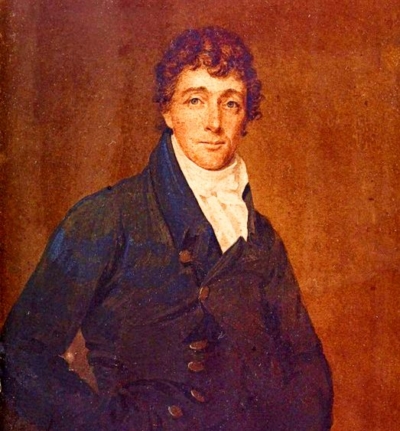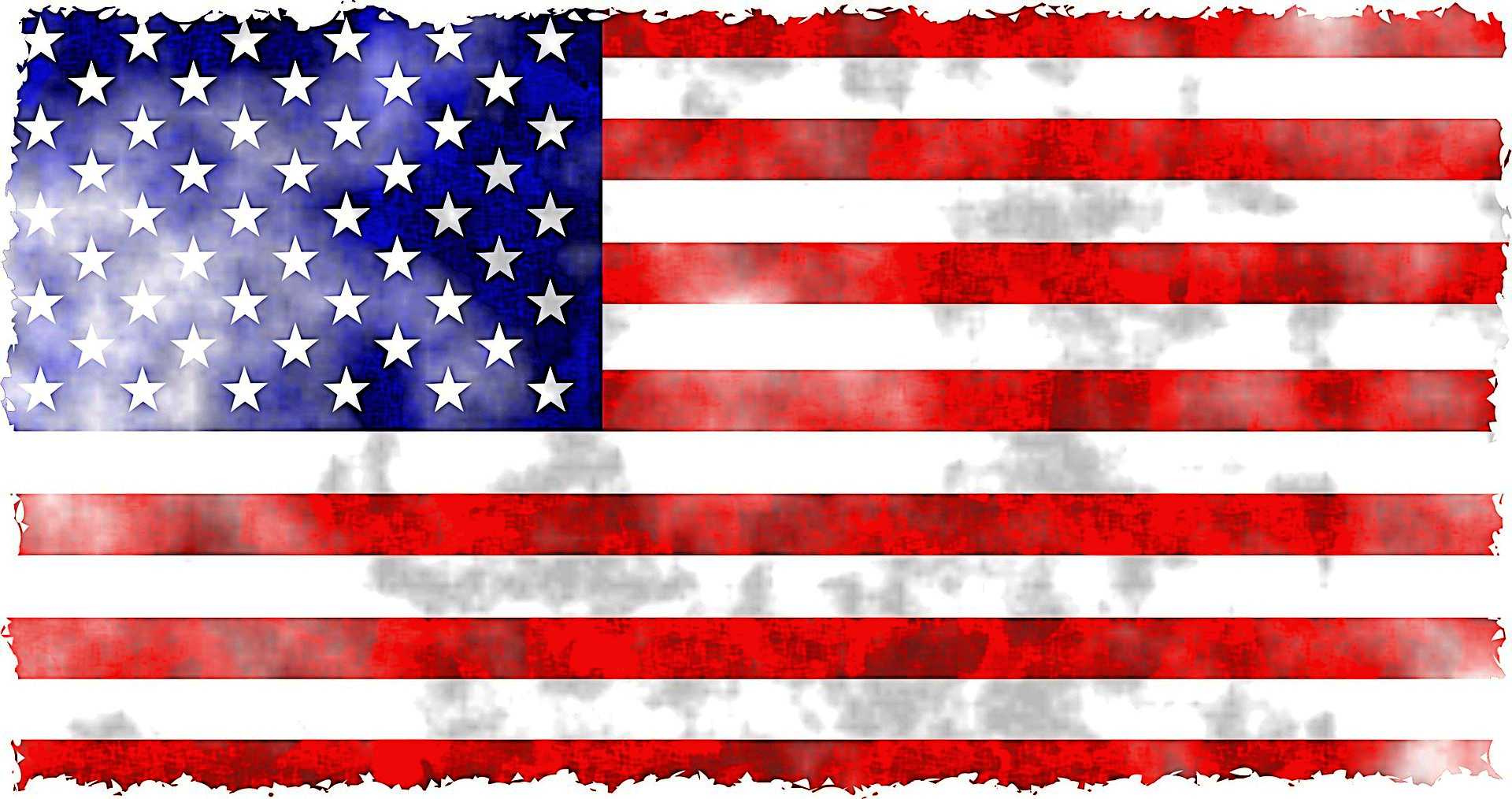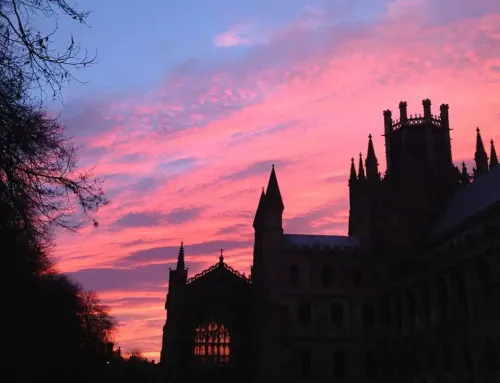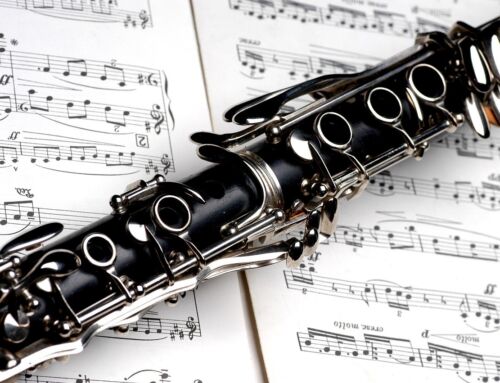Women sing the National Anthem better than men – hands-down.
That’s the inescapable conclusion I came to when I was cycling through all the performances of our national song on YouTube. Maybe it’s their high voices that can reach the notes in the upper register that the anthem is famous for, but whatever the reason, female performers do our nation proud when they musically remind us of our national roots.
The beloved Star-Spangled Banner is actually one of the most difficult pieces of music in the American song book to sing. The fact that performers always seem to be singing it before 50,000 people at sports games makes it an even more intimidating song to belt out in public, I’m sure.
But like anything that is truly good or beautiful: when it’s done right…it’s just sublime.
I’ve featured four of the most awesome renditions of the anthem in the videos below, and I hope you can take a few moments to get your fill of them. Make sure you have a box of tissues for the tears that you’ll probably shed when you view these amazing performances!
(The ones with the military flyovers and/or fireworks are especially awe-inspiring.)
A Short Primer on the National Anthem
If you were taught about the National Anthem when you were in school, it’s likely that, like me, you’ve forgotten most of it. Here are a few basic facts about our nation’s most famous song:

- Date of Composition: The night of September 13/14, 1814, during the three-day Battle of Baltimore;
- Circumstances of Composition: Key wrote the poem when he was being detained on the HMS Tonnant during the bombardment of the American Fort McHenry; the bombardment lasted for 27 hours, and Key was inspired by the flag’s survival through it all;
- Original Title of the Poem: Defence of Fort M’Henry.
- Verses: Key’s original poem contained four verses (most Americans think it has only one verse!), and a fifth was added to it by Oliver Wendell Holmes almost fifty years later (in 1861), to support the Union cause during the Civil War.
- The Melody: After he was released, Key took the poem to a music publisher in Baltimore who set it to music, but the song he chose – ironically – was the tune of an old English drinking song called To Anacreon in Heav’n;
- Official: The Star-Spangled Banner became our country’s official national anthem only in 1931 by an act of Congress; the legislation was signed by President Herbert Hoover to make it official.
- Competition: It beat out an older hymn called Hail Columbia (1796) which was considered the nation’s de facto national anthem up to the time of the Civil War;
- Difficulty: Due to its wide range of notes from high-to-low, it requires a versatile voice to sing it; the poetic language also trips up singers from time to time;
- Location: The original “star-spangled banner” that flew over Ft. McHenry is on permanent display at the Smithsonian Institute’s National Museum of American History on the National Mall in Washington DC. It has fifteen stars and fifteen stripes reflecting the number of states in the union at the time.
- Annual National Anthem Day: March 3rd every year. Who knew?!
The Most Amazing Fact of All
The American flag of Key’s poem was actually one of two flags he saw that celebrated night. During the bombardment a larger “garrison” flag (30 ft. by 42 ft.) had to be taken down because of rain. A smaller “storm” flag was put up in its place through the rest of the night and was not removed until the next morning when the rain had stopped.
 The flag that was hauled up the flagpole “by the dawn’s early light” the next morning was the torn and battered garrison flag that had so inspired Francis Scott Key.
The flag that was hauled up the flagpole “by the dawn’s early light” the next morning was the torn and battered garrison flag that had so inspired Francis Scott Key.
You can see that same flag today, now kept in a climate controlled room at the Smithsonian, where it has been on permanent display since 1912. Don’t be surprised that the flag you see today is shorter than the original dimensions of the garrison flag: it’s only 30 ft. by 34 ft. now and missing one star.
These blemishes are entirely due to the damage it sustained “through the perilous fight” during the Battle of Baltimore. They are the very scars we celebrate in our war-torn banner that flew proudly through it all.
In fact, I’ve seen it with my own eyes, and it is an incredibly moving experience to be standing in the presence of a piece of living American history.
Below are links to the Smithsonian informational page about the Star-Spangled Banner as well as a special page dedicated to the exhibition of the good ol’ Stars and Stripes in its special gallery.
Performances
Now for the moment we’ve all been waiting for. The first two are my favorite performances of the National Anthem – by women and four amazing girls! The next two are by other well-known stars whose performances are just marvelous. Get ready to cheer. [Note: the NFL places restrictions on the use of its videos, so the two videos of Super Bowl performances are of lesser video quality but still stunning in their performances!]
Faith Hill – the “Gold Standard”
The Amazing Cactus Cuties
Whitney Houston
Martina McBride

Soul Work
The Catholic Catechism lists “love of country” as one of the moral virtues and says that we actually have a duty to do so!
“The love and service of one’s country follow from the duty of gratitude and belong to the order of charity. Submission to legitimate authorities and service of the common good require citizens to fulfill their roles in the life of the political community” (n. 2239).
At a time when our nation’s very foundations and history are being attacked, it’s good to recommit ourselves to a Christian virtue that actually builds society up and contributes to the common good.
Take a moment today to think of what specific blessings America has given you that people in other countries and centuries could only dream about. And then give deep thanks to the Lord of Life that you live in “the land of the free and the home of the brave.”
———-
Source: https://www.omnimilitaryloans.com/uncategorized/10-interesting-facts-about-the-national-anthem/




I totally disagree that females sing the national anthem better. They often have a tendency to exaggerate their voices and make it showy. High pitched notes are not always pleasant on the ears . In fact it can sound painful. Men have stronger voices than women in many cases but don’t tend to over emote in a fake way.